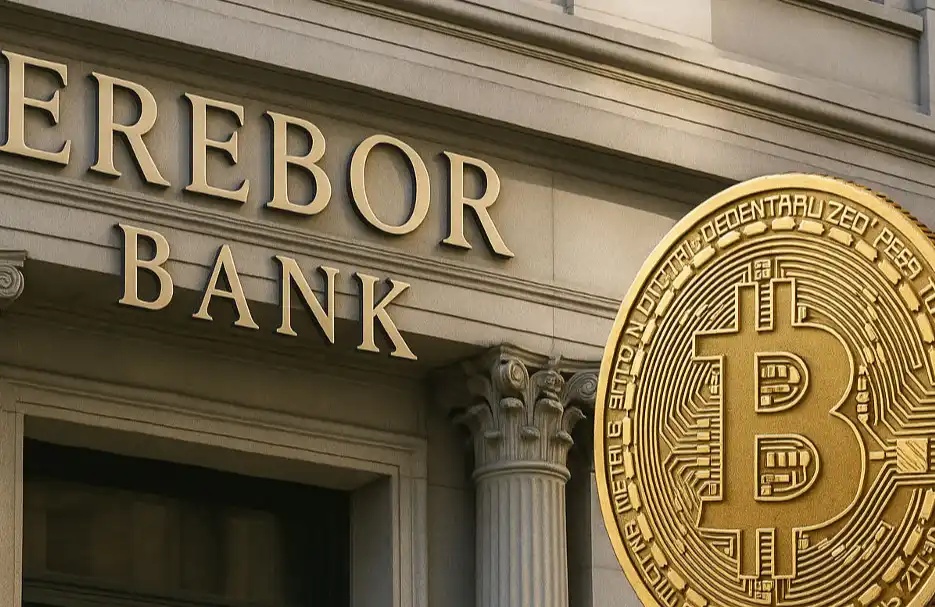Placeholder's Letter to VCs: The Original Sin of Cryptocurrency Allocation
Original title: "The Original Sin"
Source: Placeholder
Original compilation: 0x26
With the total market capitalization of cryptocurrencies topping $2 trillion, the crypto industry is back to that, as if in a market cycle."Emerging VC everywhere, opening dozens of times, the primary market to grab is to earn"The" grand occasion ". Many of the so-called "star" project will leave most of the lines with team and investors, and thousands of knife only assigned to public share, at the same time with friends on twitter and @ and forwarding class "pond's" marketing strategy, and online is xx times the market and make a lot of secondary market participants, don't know how to support or participate in the project of love, Even the ones that were championed by the industry at the time.fair launch Also as the market is hot and DeFi's insipid but not finished.
In response, Chris Burniske, Placeholder's co-founder, has published a post called "The Original Sin" in which he lays out The recommendations Placeholder and USV have for VCs and founding teams in The industry. Meet with industry insiders to discuss how to rid the "high ground" VC of their "original sin" and make the cryptocurrency space a better place.

Star Wars Obi-Wan: It's over. I've taken the high ground
Placeholder is writing about himself when he's dissecting the market, and he's from USV who wrote a book calledFat agreementJoel Monegro of Ark Crypto and Chris Burniske of Ark Crypto, who have been guiding the market, guide not only VCs, but also founders of new projects. In the process of dissecting, there's a kind of"Send Italy when Tsuen not observed, I in my blade heart"The sense of mission of the industry.
Rhythm translated the original text as follows:
The content covered in this article is only related to one thing:What is the initial capital allocation strategy to support a cryptocurrency project?In a recent conversation between Placeholder and the USV team, Fred Wilson commented that,His experience with projects that have deteriorated over time can often be traced back to the original "sin" (in this case, the team, methodology, economic model or key decision). And when it comes to cryptocurrency projects, one of the original SINS we often observe is that in systems that are marketed as being perfectly fair, people on the inside have too much stuff.
Of course, "fair distribution" is a normative judgment that stems from what we see as a common belief within the crypto industry:We will level the playing field and give everyone the opportunity to enjoy financial sovereignty.If a small group of industry players regularly take half of the FDV (full dilution, which is, of course, common in the current situation), we have seriously damaged itThe technology's original purpose, redistribution, has become to make only a few people rich.The truth is that these people could do very well with less money, they just let it go and take as much money as they can, fobbed off themselves and others with false statements about "it's always been done this way" or "fiduciary responsibility."
The industry has been working to build a no-entry, open technology.Most of the process is open, but the most closed and mysterious part is early financing.While this is partly driven by regulation and social norms, the more insidious factor is the way insiders can tilt the scales disproportionately in their favour, while keeping details hidden from public view. The more impatient early investors become, the bolder and more powerful they become, to the point where that power has an adverse effect on the health of the industry.
Beneath this veil of opacity, the norms and structures of past imbalances in the distribution of wealth and power also operate in the industry.If we don't openly address the problems of the early days of cryptocurrency networks, then we are bound to repeat the mistakes of past societies.
Where there is capital, there is power.
The two groups most closely involved in the initial creation and distribution of capital areFounding team and early investors(Including VC, high frequency funds and industry business diversified mix). If the founding team wants to build something, unless they have the money to support themselves and the team independently, they will turn to early stage investors who will provide venture capital for the journey. While cryptocurrencies often demonize this process,But it can be a healthy and rewarding process, allowing an entrepreneur without wealth to take a risk on an idea and, if it works, of course get enough of the benefits, and if it fails, the founder can leave to start the next leg of the journey.
But there is another world where this relationship becomes unhealthy, especially in the case of opportunistic investors, aware of the asymmetrical distribution of information between the investors and the founders, plus an inexperienced entrepreneur. First-time entrepreneurs, you have to be careful. As we have frequently observed in many transactions, early stage predatory behavior is more common in crypto than in other areas.
This asymmetry gives investors a home field advantage, and as long as they can get entrepreneurs to agree to legal agreements before other investors say they are unreasonable, the entrepreneurs may be "foolish" to agree, and the project may be permanently affected by the original sin.
An important resource for entrepreneurs to protect themselves is other entrepreneurs who have already gone through fundraising. Ask them about the reputations of different investors, things they regret, things they think are fair, etc. If you are considering a major investor round, you should talk to projects in that investor's portfolio to get a reference on that investor -- the reference doesn't have to be one-sided. Also, try to get more than one copy of the term sheet if you can. These are just a few simple steps to protecting yourself as an entrepreneur.
If we want structural social change, entrepreneurs and investors need to work together on what change we want.If we don't, we'll just have to carry on the way it's always been. While crypto is a massively deflationary and socially flattening technology, and thus opens up targeted access to capital, there is a wide range of ways in which crypto can be (re) distributed, depending on the social norms we tolerate and accept.
For Placeholder, our goal is to hold only 1-5% of the total amount of the project. Currently, the most concentrated Placeholder holds 7%. Some may argue that this is still too high, but it is a far cry from the 10-20% ownership of a company that private-equity investors are aiming for. We feel this ratio is appropriate: Cryptocurrency projects are emerging economies that use protocols in place of companies, provide professional services, and have global capabilities from the start. Let's say,Their size, vision, and diverse stakeholders require a more even distribution of token ownership than companies do to maximize efficiency (companies do not use equity to increase growth on both supply and demand sides, but cryptocurrency projects often use their assets to do so).
Instead of talking about our particular case, look at the industry as a whole.Placeholder advocates a "25% internal, 75% external (external gets three times as much) allocation rule" when capital is first allocated.By insiders, we mean the core team, investors and close advisers -- all the people, so to speak, who risk the risk of their investments going to zero and the loss of Labour and capital. And 25 percent may sound like too much to some insiders -- Bitcoin holders have long complained that Zcash allots 20 percent of its block awards to non-mining network contributors, for example -- but 25 percent is small compared to the 40-50 percent allocation to insiders that is now more common in the industry.
But Placeholder isn't perfect. We don't always get there, and when we don't (e.g., allocate more than 25% of our funds internally), it's usually based on expectations of long-tail inflation as a redistribution and growth strategy over time.In addition, the planned distribution of supply can change as governance is gradually transferred to token holders (ironically, when outside investors get tokens, they quickly act like inside investors).
Another way of looking at the relative distribution of capital is to look at the proportion of the amount allocated from the outside relative to the inside. For Placeholder, what we think is possible today to get society into a more equitable state is to get two to four times as much from the outside as from the inside.The interior represents a much smaller group and therefore needs to preserve the possibility of multiple distributions for the unadmitted public.
To achieve this goal, 20-33 per cent of the total allocation can be obtained internally to get it started and developed. In this configuration, the expectation is that the founders get twice as much as the investors: the team is more important than the investors, and should be valued as such. The unadmitted public then ends up with 67-80% of the supply (at least twice that of the interior, and at most four times that).
Some will say there should be no private financing at all, as with Bitcoin. Depending on the goals of the project, this may indeed be a viable alternative for some projects and founders (such as Decred's self-funding program). We look forward to seeing more experiments in this area and possibly supporting them in the secondary market.
As an entrepreneur, it's important to remember that for your project, you need to decide what you think is the fairest distribution of capital in the network, and then find investors who match those values.If you prefer a more centralized approach, look for investors with similar preferences.If you want the world to move towards a more balanced distribution of capital, don't be afraid to show it to potential investors. Once the project is past the initial and initial distribution phases, your network mechanics design will feed back into the system, giving you a second chance to shape and accumulate energy and resources.
If there is one thing we can all do, it is to ask each project, "What is the initial allocation model here, and what is the reason behind this allocation?"
The original link
Welcome to join the official BlockBeats community:
Telegram Subscription Group: https://t.me/theblockbeats
Telegram Discussion Group: https://t.me/BlockBeats_App
Official Twitter Account: https://twitter.com/BlockBeatsAsia
 Forum
Forum OPRR
OPRR Finance
Finance
 Specials
Specials
 On-chain Eco
On-chain Eco
 Entry
Entry
 Podcasts
Podcasts
 Activities
Activities









